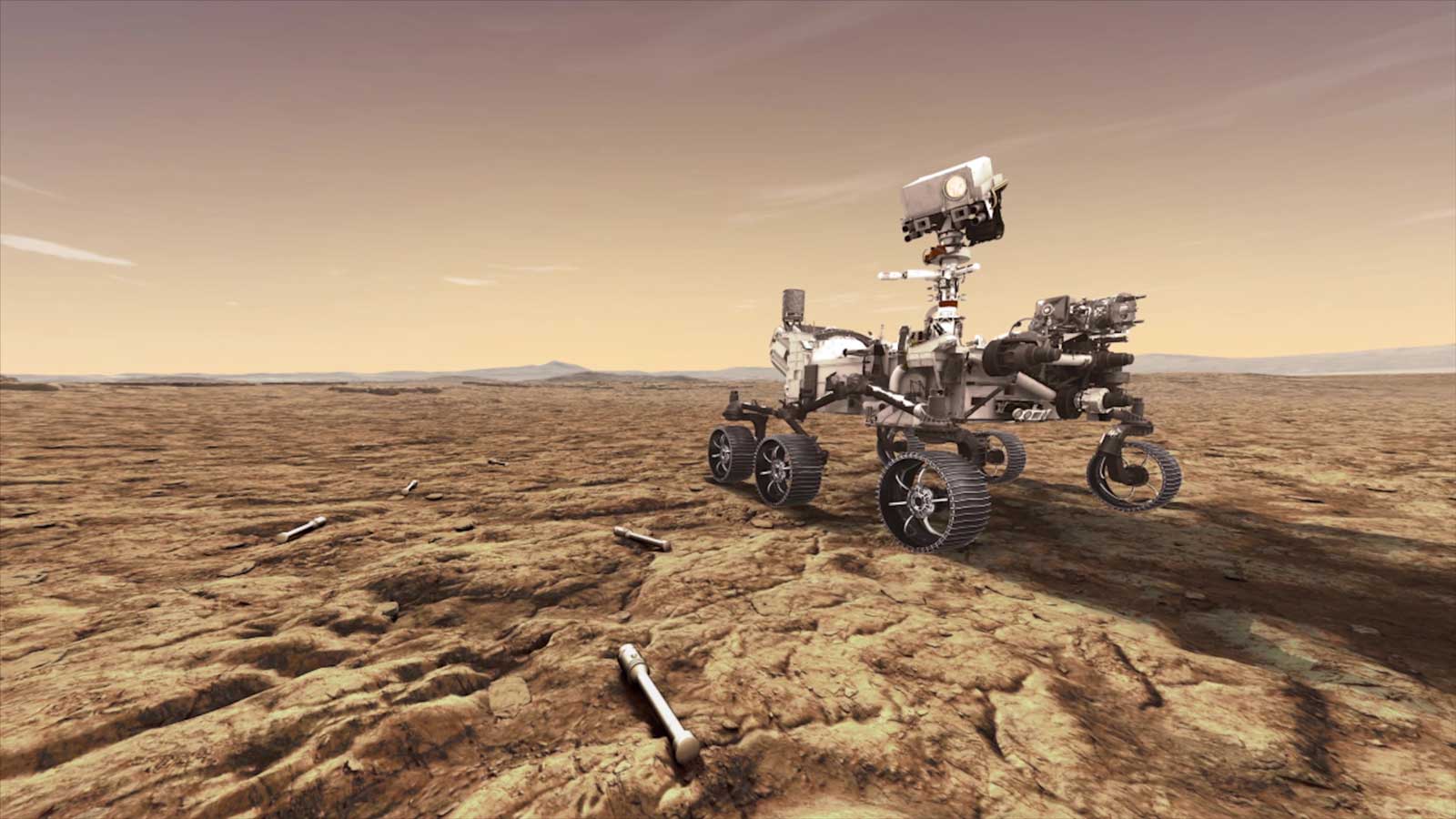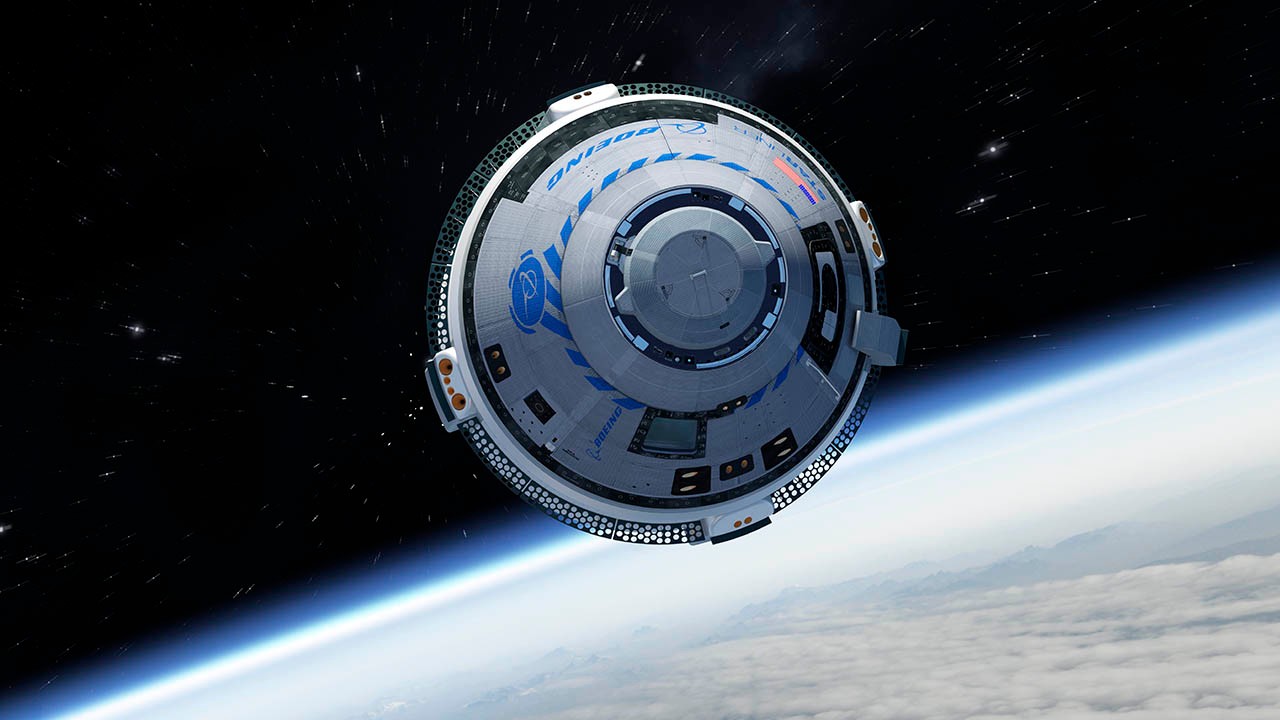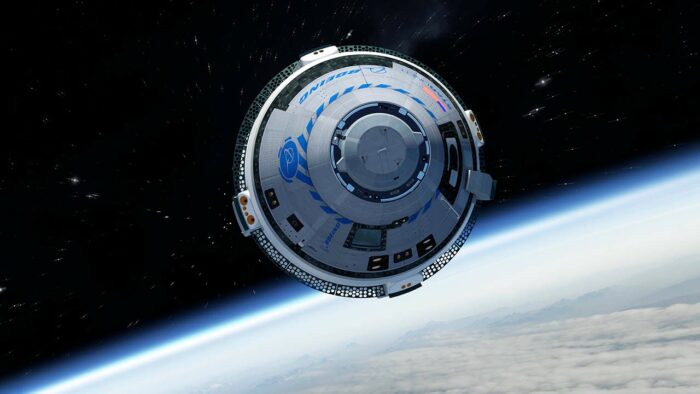Insider Brief:
- NASA is rallying its community to devise innovative strategies harnessing proven technologies to expedite the Mars Sample Return program.
- In response to the Mars Sample Return Independent Review Board’s recommendations from September 2023, NASA proposed enhancements to the original mission design with a revised budget ranging from $8 billion to $11 billion and a 2040 timeline for the samples to be sent to Earth.
- Administrator Bill Nelson deemed the projected $11 billion budget and 2040 return date as both too excessive and distant.
- Image credit: NASA
In a teleconference today, NASA Administrator, Bill Nelson revealed the agency’s strategy for expediting the Mars Sample Return program – a search for innovative solutions to bring valuable Martian samples back to Earth sooner than currently expected and at a lower cost. These samples promise insights into the formation of our solar system and support for future human exploration endeavours and NASA’s quest for ancient life signs.
For over 25 years, NASA has diligently pursued an understanding of Mars’ early history which is crucial for deciphering the origins and development of habitable planets like Earth. Central to this quest is the Mars Sample Return initiative. It has stood as a cornerstone of international planetary exploration for two decades. Since its touchdown on Mars in 2021, NASA’s Perseverance rover has diligently collected samples in preparation for its eventual return to Earth.
Administrator Nelson stressed the formidable nature of the Mars Sample Return mission, citing its unprecedented achievements and challenges. He deemed the projected $11 billion budget and 2040 return date as both excessive and distant. In today’s teleconference, Nelson called for the NASA community to come together to find cost-effective alternatives that wouldn’t compromise mission efficacy. The mission has already successfully achieved milestones including safely landing the Perseverance rover and collecting valuable samples, but the impending intricate tasks that remain include launching the samples from Mars, followed by their secure transport over 33 million miles back to Earth – both of which have never been done before.
In response to the Mars Sample Return Independent Review Board’s recommendations from September 2023, NASA proposed enhancements to the original mission design, including streamlined processes, heightened resilience, and improved risk management. But even with the anticipated revised budget ranging from $8 billion to $11 billion, this mission design won’t see the samples returned to Earth until 2040.
To expedite sample return and minimize costs, NASA is rallying its community to devise innovative strategies harnessing proven technologies. Additionally, the agency plans to solicit proposals from industry for architecture concepts that would reduce costs, risks, and mission complexities to hopefully return the samples sometime in the 2030s.
Nicky Fox, associate administrator, Science Mission Directorate at NASA Headquarters in Washington stated, “NASA does visionary science – and returning diverse, scientifically-relevant samples from Mars is a key priority.”
By drawing on decades of mission management experience and incorporating insights from independent reviews, NASA aims to propel this transformative mission forward.
Share this article:








